All About Retractable Awnings
Retractable awnings are used in external situations where climate, sun and the local environment require them. They’re also extremely useful designer features for commercial buildings. A retractable awning can be motorized and controlled by a switch or remotely controlled.
Retractable awnings basic roles and functions
Retractable awnings are rapidly becoming a feature of many 5 star resorts and upmarket commercial premises like shopping malls. They allow use of external space and provide a great designer environment for customers and for the workplace.
Retractable awnings are usually either built in at the construction stage or part of a makeover of older buildings in need of an upgrade to modern standards. They’re also “character pieces” for the building, providing a visual identity. This can be crucial in a crowded, competitive business environment, where visual presence is important to sales.
Interestingly, another common function is less predictable, but always useful- Retractable awnings provide shelter around the business, and tend to attract customers for that reason.
Retractable awnings and design issues
The visual presence issue and the functional needs of the site are the primary design issues, but “The Look” is also important. Most retractable awnings, like sunroofs, are designed to match a wide range of business and commercial environments seamlessly, using neutral tones.
The other natural design issue is matching the building lines and the retractable awnings to achieve a good, integrated external design effect. Modern buildings, with their large areas of window space, can be sensitive to external features. Modern retractable awnings actually have a double role, providing effective screening without deteriorating the quality of natural light required inside the buildings.
This is usually achieved by a translucent surface, allowing in sufficient light without blocking light to the point of becoming an internal problem. These awnings also have the advantage of being easy to adjust to seasonal conditions. That’s very important in many urban environments in which lighting issues change literally season to season, particularly in extreme environments. Many sites are both very hot in summer and very cold in winter, and both situations have to be encompassed within the design framework.
Mixing and matching types of premises and types of retractable awnings
Retractable awnings like sunroofs are now designer products providing a lot of scope for designers and building owners to achieve excellent design outcomes. The range of possible sunroofs, for example, is huge.
Sunroofs are now almost obligatory design features in hotels, tourist resorts and similar facilities. One of the complications with external feature design is that the awnings and sunroofs must be both functional and deal with considerations of space, as well as design issues.
Retractable sun awnings are the preferred option in these cases, and thanks to modern manufacturing technology, they can be made to measure in any environment. This gives a huge amount of flexibility for building owners in terms of design options, and can solve significant facing areas in seasonal conditions.
Retractable awnings have gone from being an architectural novelty to a design necessity in the last decade. They’re also becoming extremely popular among commercial building owners for their ability to provide vibrant, interesting designs. If you’re looking for awnings, particularly for a big building, check out your options online.


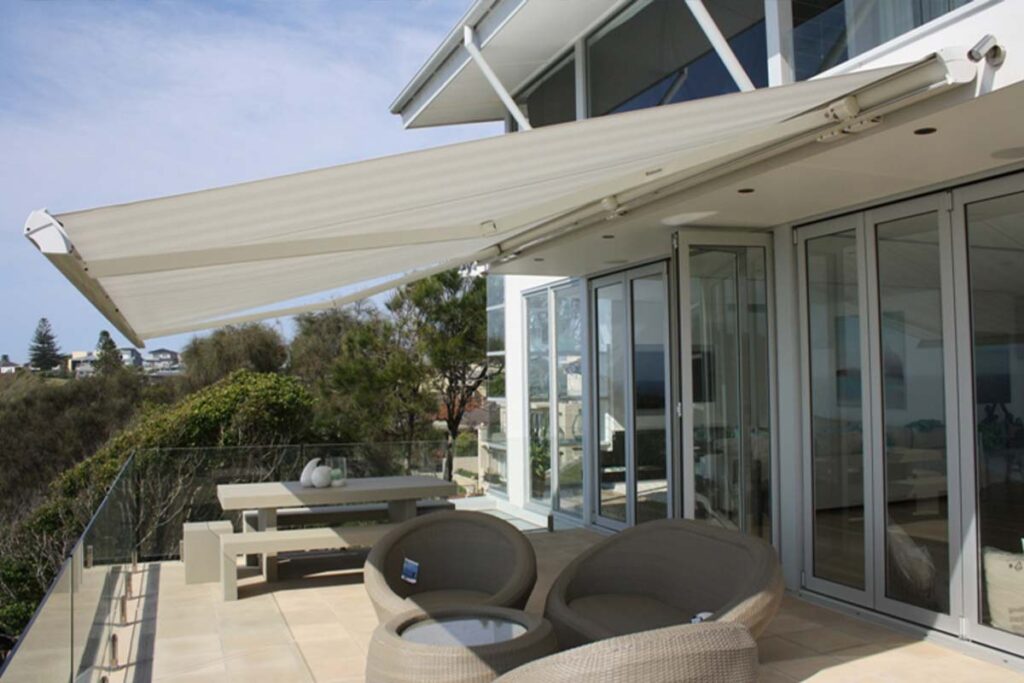
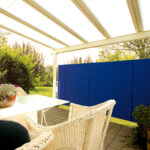
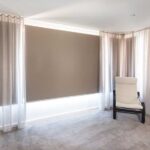

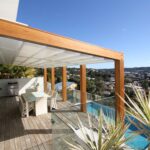
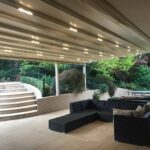

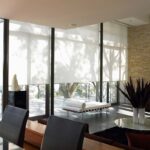

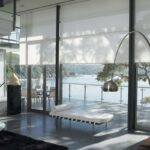

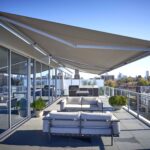
No Comments